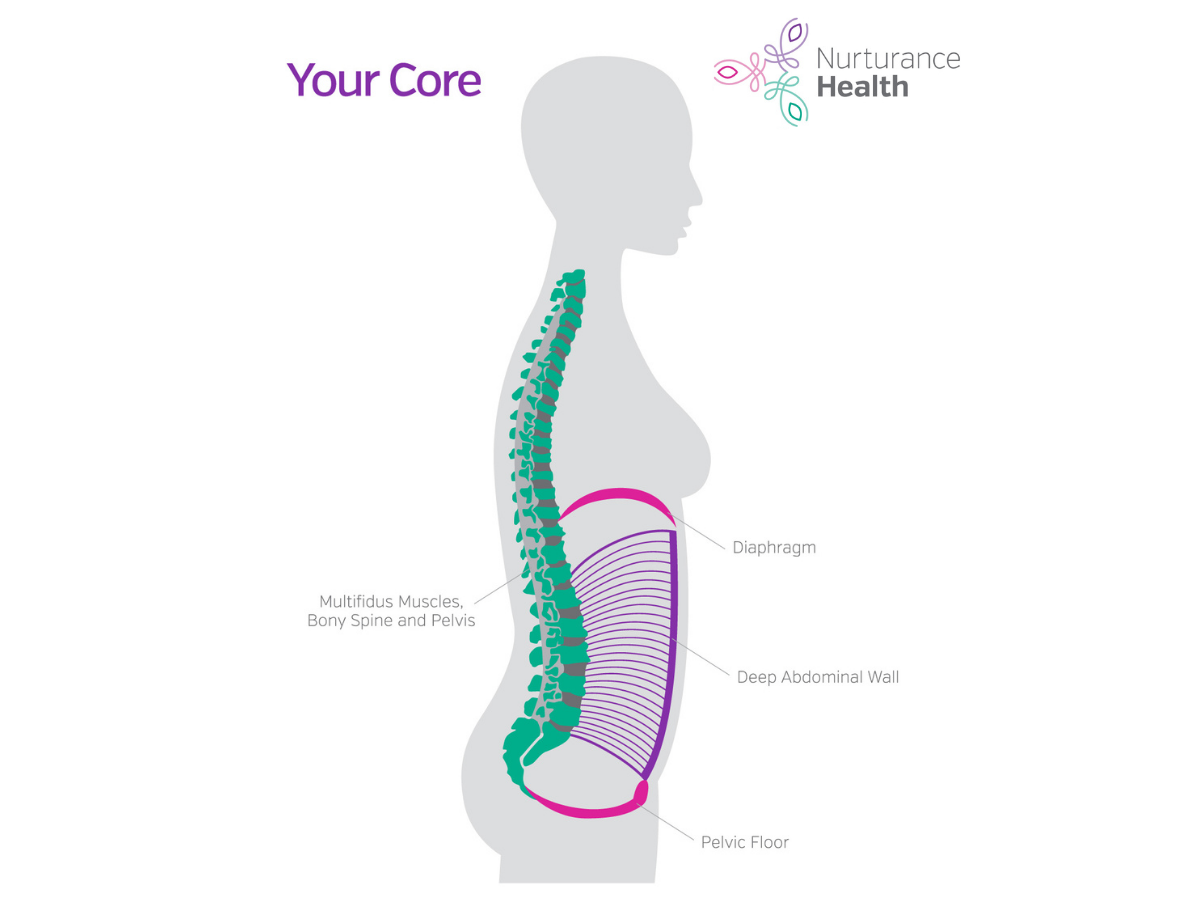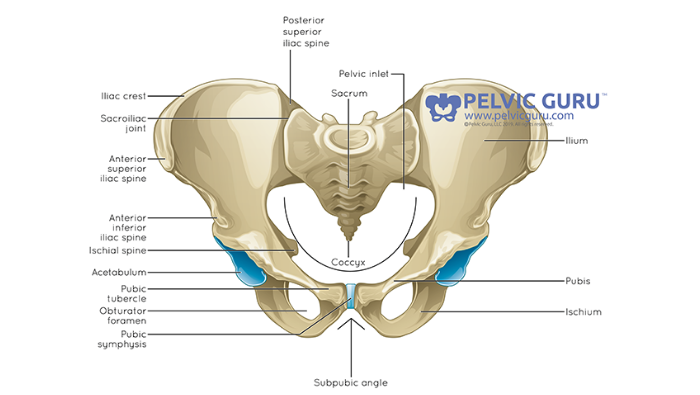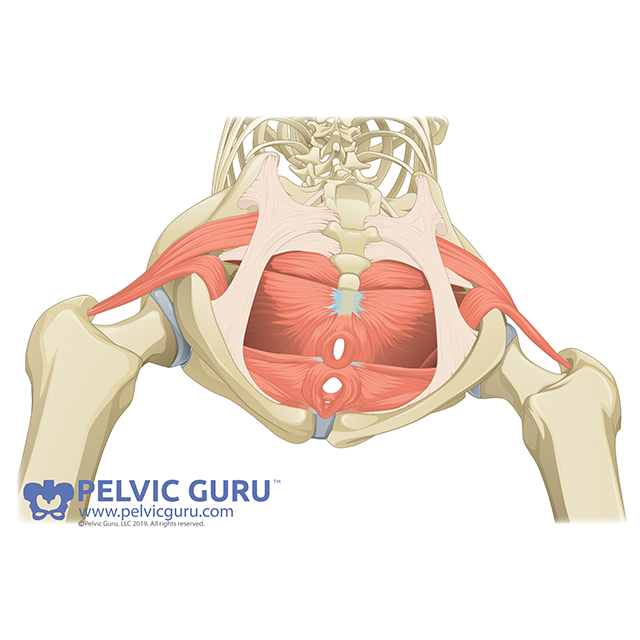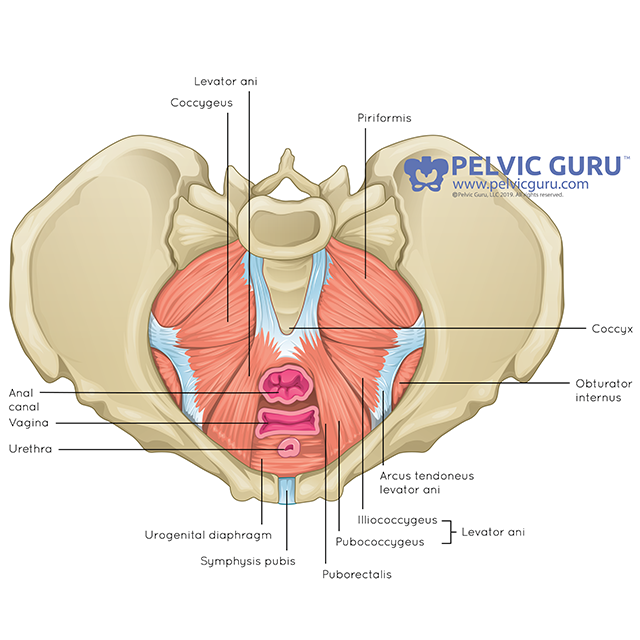Pelvic Anatomy: Getting To Know Your Pelvis and Your Pelvic Floor
The pelvis is a central and foundational structure in your body, and it houses some pretty important organs. In addition, it’s also the site of some pretty important action – like sex, growing and birthing babies, and the elimination of waste. The more you know about this area of your body, the better you can connect to it, and the better your function will be. Want to be able to do a good kegel? You need to know where those muscles are! You need to be familiar with your pelvic anatomy.
Check out the video below now! The transcript is also below.
Right off the bat though, I’m going to make a clarification about the word kegel – I don’t love it. I’m going to try not to use it. Dr. Kegel was the first physician to do some research in this area, and for some reason we call the contraction that after him. It is just not like that in other areas of the body. If you were doing a bicep curl, or a bicep contraction, you would call it that because that’s the muscle that’s contracting. I’m going to hold the same standar for the pelvic floor. We’re going to call it a pelvic floor contraction because those are the muscles that are contracting!
Next, we need to think about where the pelvis sits in your body. Your pelvis is the bottom of what I call the core canister. The pelvis doesn’t exist in isolation and its connected to many other things in the body, and that’s really important to consider.

Let’s focus in on the pelvic anatomy:
The pelvis is a bony ring, or circle structure. Sometimes we call all of the structures within this ring the “pelvic girdle“, which can also sometimes include the hips and the abdomen (Having pain somewhere around your pelvic girdle? Check out these posts for help!). At the top of this bony ring, if you were to put your hands on your hips, you wouldn’t be putting your hands on your hips at all. Instead you would be putting your hands on the big wing bones of the pelvis called the illium. If we follow the illium around to the back, we find the triangle bone at the base of the spine called the sacrum. The sacrum then comes down and finishes into your coccyx or tailbone. Furthermore in the front, the big wing bones wrap around to form the bones of the pubis. Where they come together and meet in the middle in the front is a joint called the pubic symphysis (or symphysis pubis). From the sides down to the bottom, the ilium transition into the ischium, or your sitting bones (your hips nestle into these sides of the pelvis too).

Permission to use copyright image from Pelvic Guru, LLC pelvicguru.com
More on pelvic anatomy: after the bones of the pelvis, we can chat about your pelvic floor muscles.
You may have heard the pelvic floor described as a group of muscles that is like a sling or a hammock that’s holding the whole bottom of your bottom together. However, I don’t want you to think these muscles are droopy… they aren’t hanging down there – they are dynamic and elastic, more like a trampoline. The anatomy of this area is actually quite complex, but I’m going to try and simplify it a little bit for the sake of our understanding today of how to do a pelvic floor contraction.
Starting in the back, the pelvic floor muscles come and attach and anchor in to the bottom of the sacrum and the coccyx (tailbone). From there, they go wide to attach to your ischial tuberosities on either side. The ischial tuberosities are those big sit bones you feel in your butt when you are sitting up tall on a chair. From there, the muscles continue to wrap all the way up to the pubic bone in the front.


Permission to use copyright image from Pelvic Guru, LLC pelvicguru.com
What does the pelvic anatomy mean for your pelvic floor contraction?
Both layers of muscles have to sling around the anal opening in the back, as well as around the vaginal opening and the urethra. To me, a good pelvic floor contraction thus has two qualities. The first quality of that good contraction is that there should be some squeeze, or some closure around all these openings. In the back, this is what I call the “anal wink” 😉 when you try to stop a fart! 🤣 Additionally, you should feel some squeeze around the vaginal opening (it’s not a true sphincter so it won’t entirely close), and then some winking/closure in the front at the urethra too.
We do want to be able to close that urethral sphincter off, especially in times of high pressure like laughing, coughing, sneezing and jumping. However, after a having a baby, it’s common for people to feel their contraction more strongly or easily in the back (posteriorly), around the anal sphincter. But, even if its more challenging, we need good capacity to wink and close in the front (anteriorly) too!
In addition to squeeze/closure around the openings though, this whole pelvic floor sling/trampoline also needs to be able to lift up inside. Therefore, the second quality of a good pelvic floor contraction is that lift. The lift up inside is really important for supporting our organs, and to permit enough anterior contraction to clamp off the urethra so that we don’t have urinary leakage. Again, sometimes that lift is not as easy to feel after having babies.
Stay Tuned…
I’m hoping that the tips I’m going to give you in the next video segments are going to help you connect to these muscles. We want to figure out how things are feeling in the “back”, the “middle” and how things are feeling in the “front” of your pelvis in your own body.
I’m going to give you different cues and different visualisations, just to facilitate that brain-to-muscle connection. Especially when it comes to pregnancy and birth, there is so much change that happens within the pelvic floor and core muscles… One of your brain’s jobs is to always be sensing where your different body parts are in space. But there’s a lot of adaption that goes on in the pelvic floor during pregnancy, and then again during and after birth. The brain needs time and practice to reconnect and re-adapt to make that clear pathway between the brain and the muscles. Sometimes those connections aren’t always so clear. And that can persist for years.
It doesn’t matter how old you are, and honestly it doesn’t matter if you’ve had a baby or not either, because it’s always a good exercise to try and connect more with our body, and clean off those connection between the brain and the muscles.
I look forward to talking to you more about pelvic floor contractions soon!
😀
~Mandy
